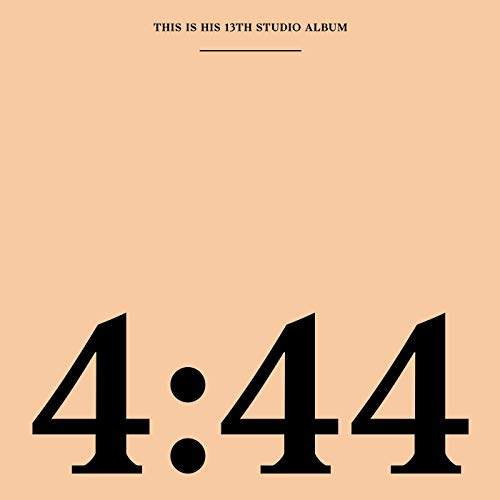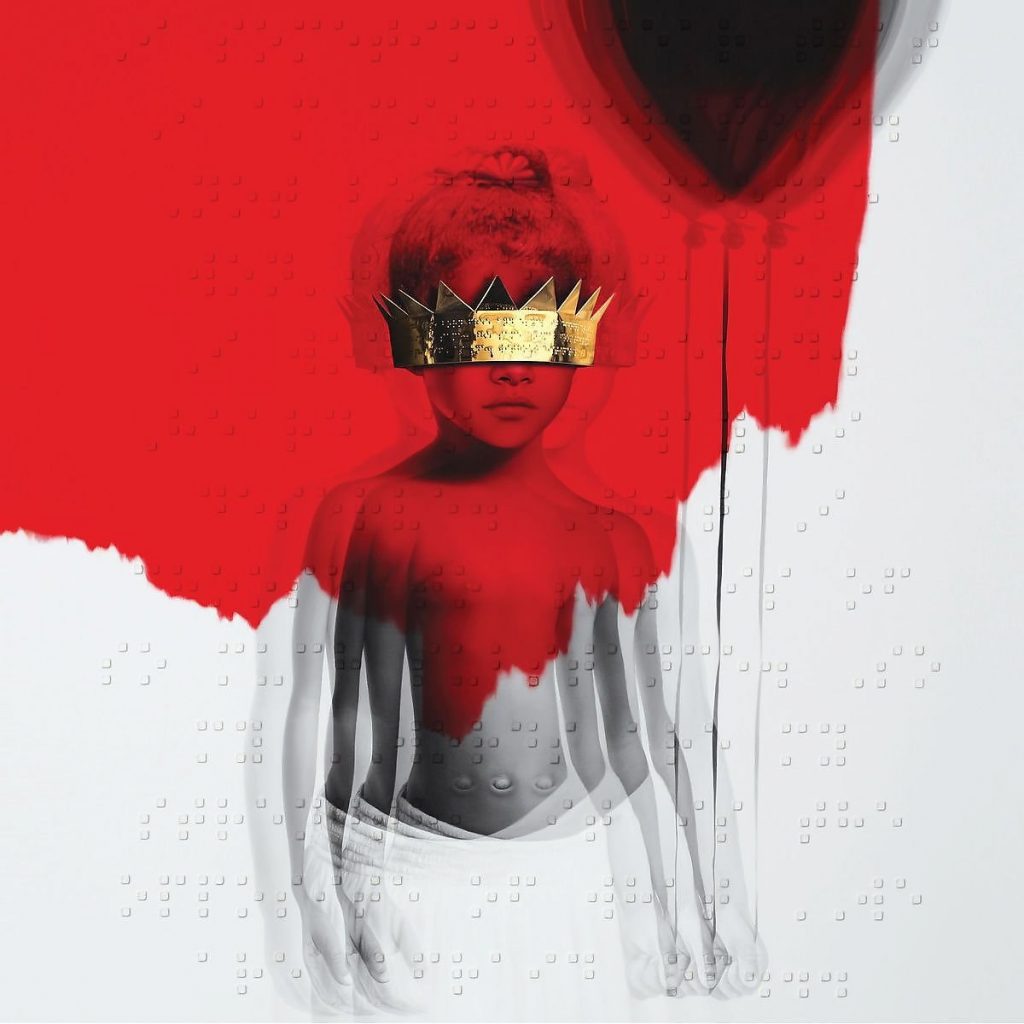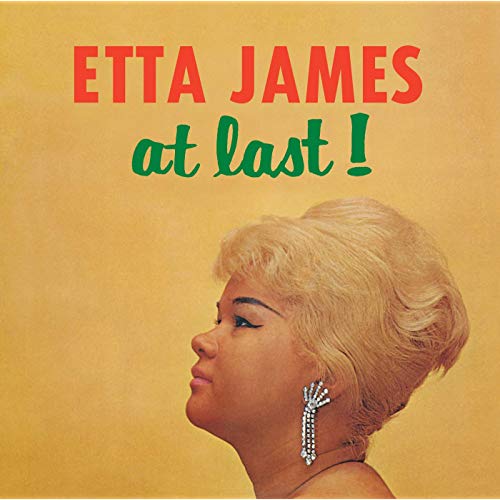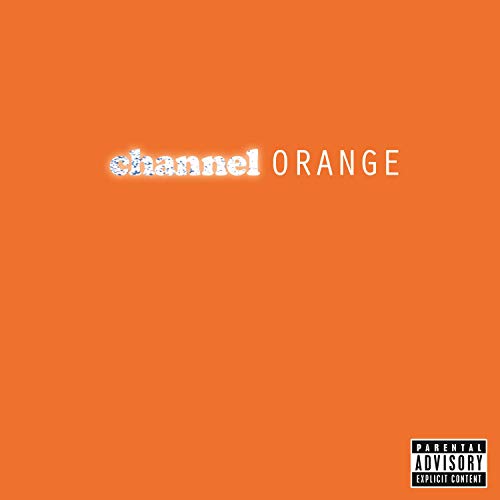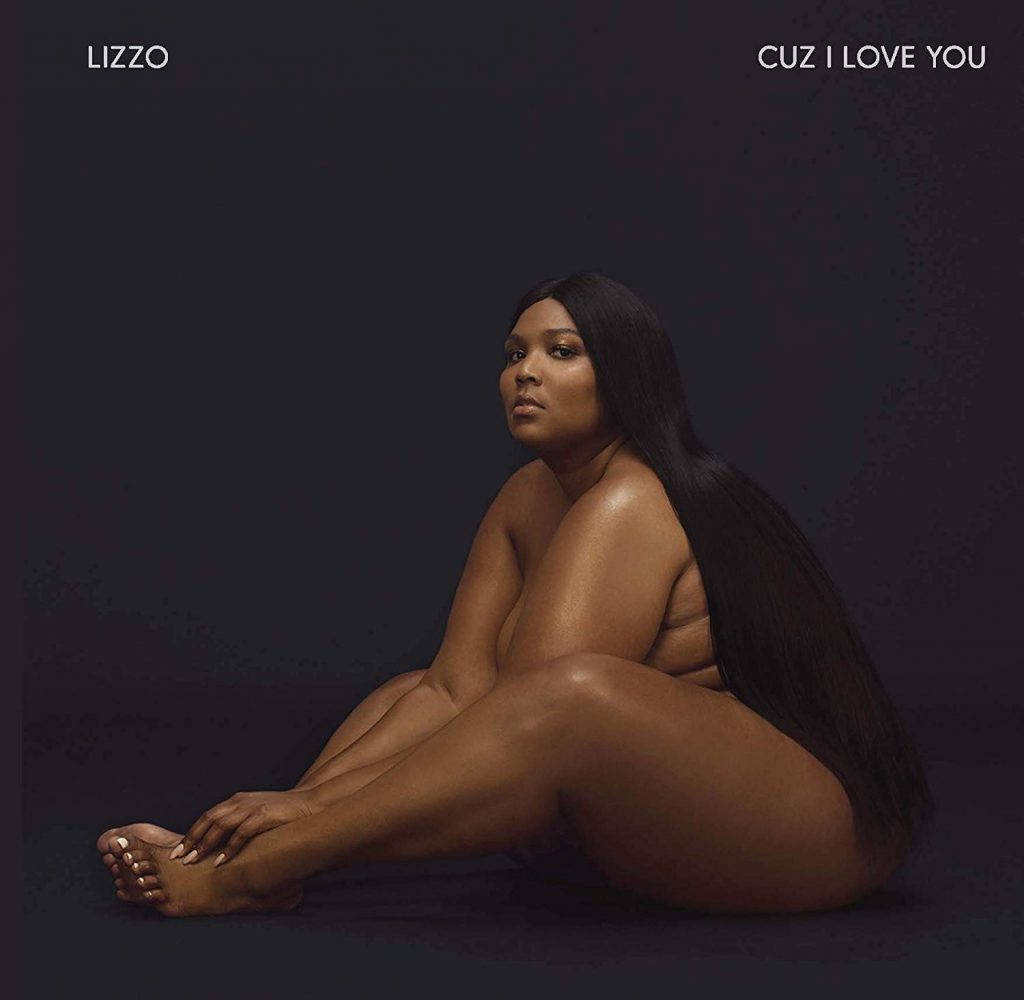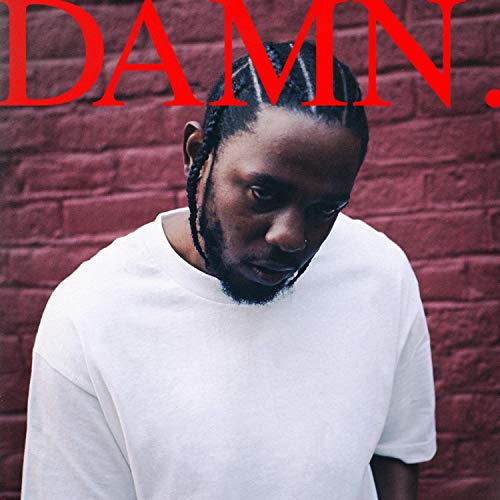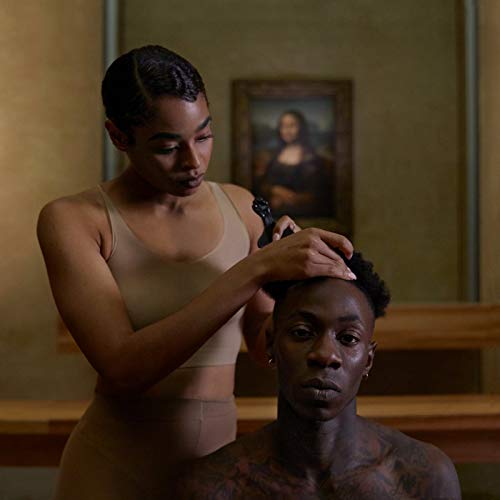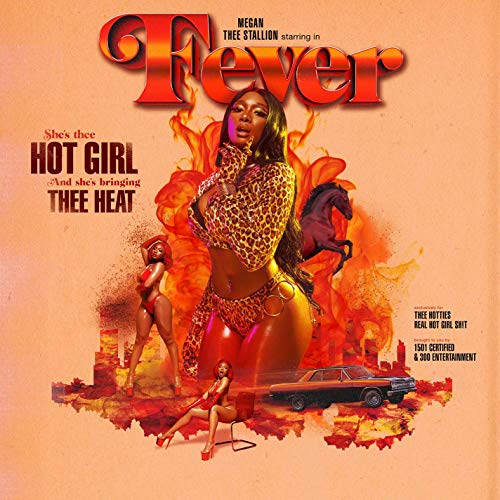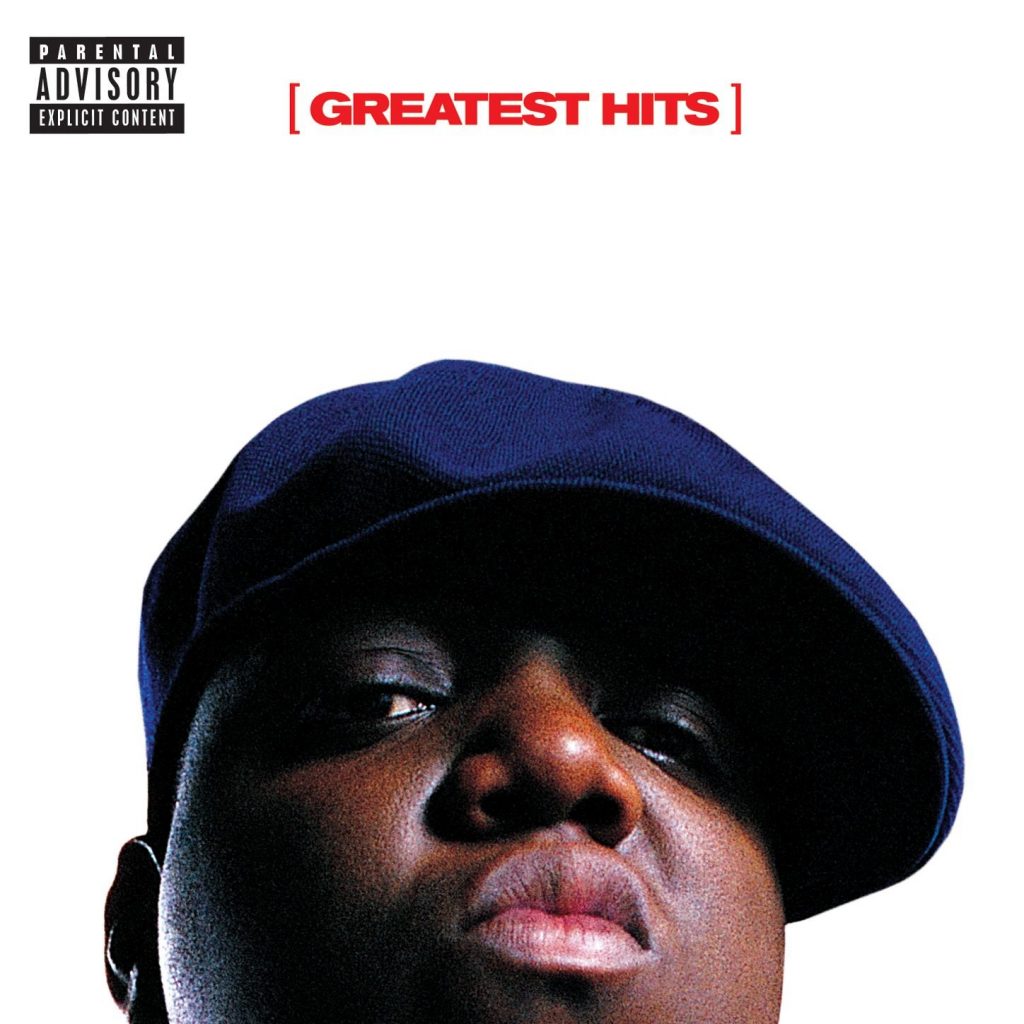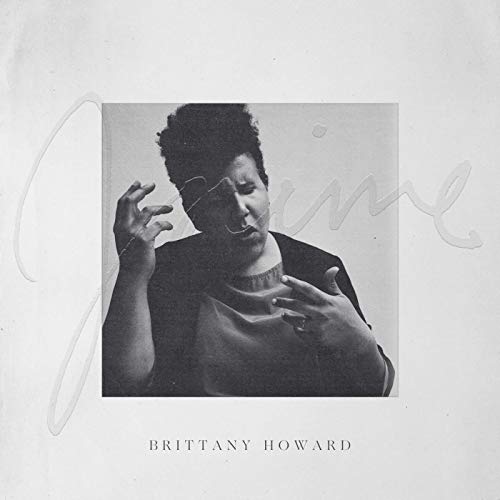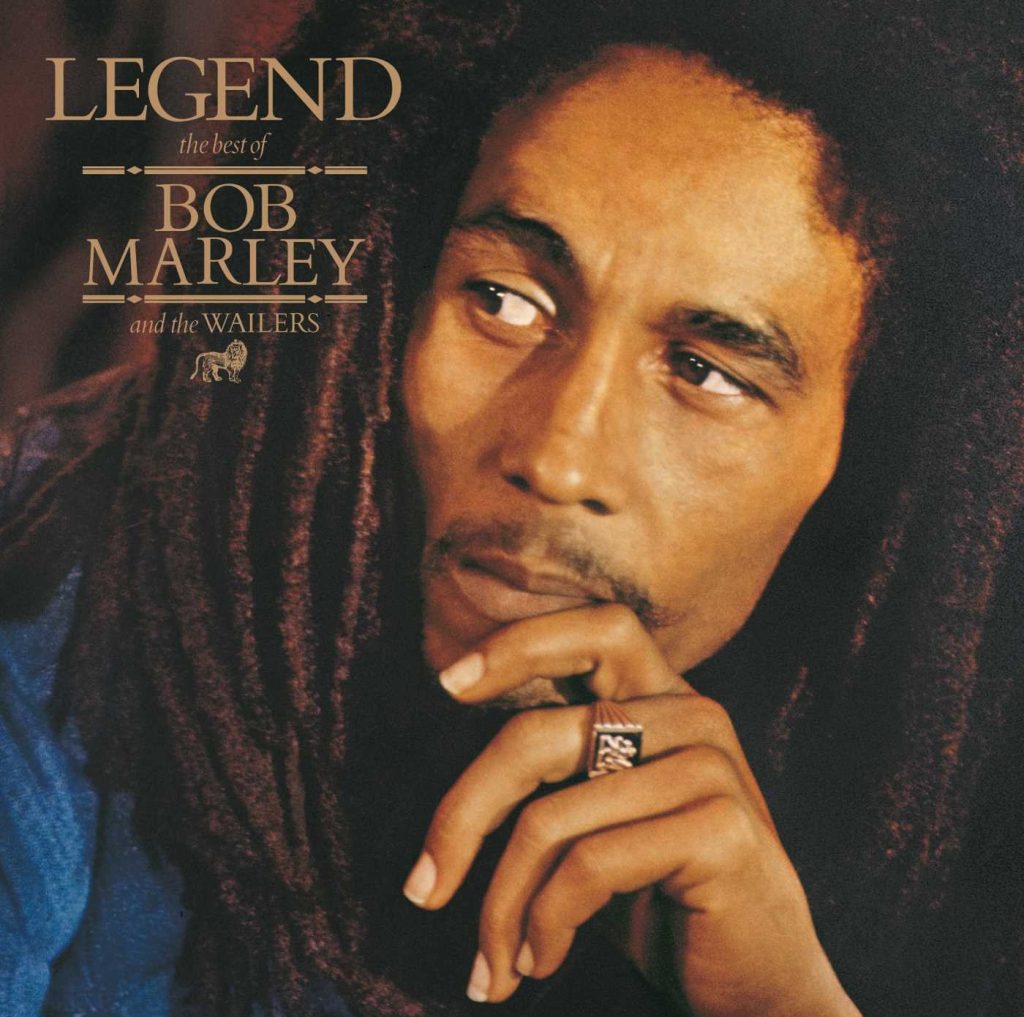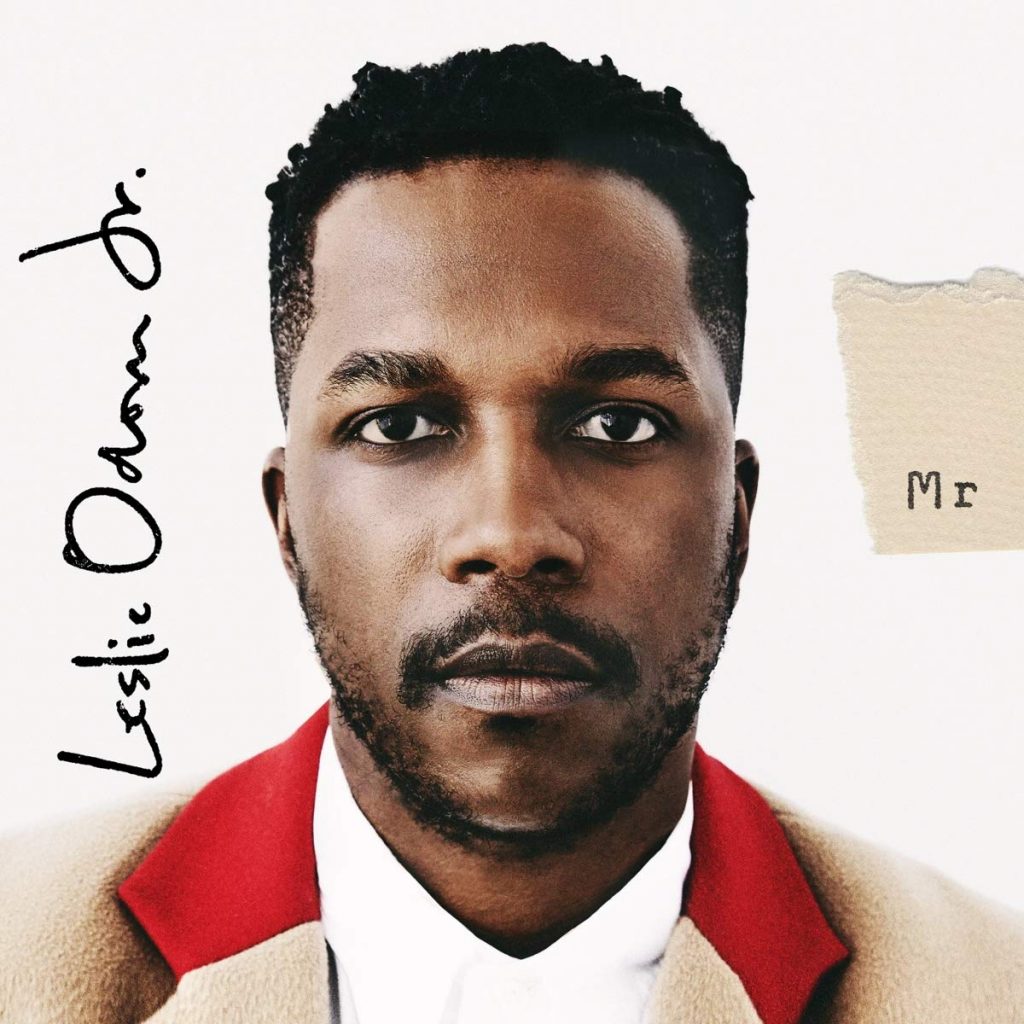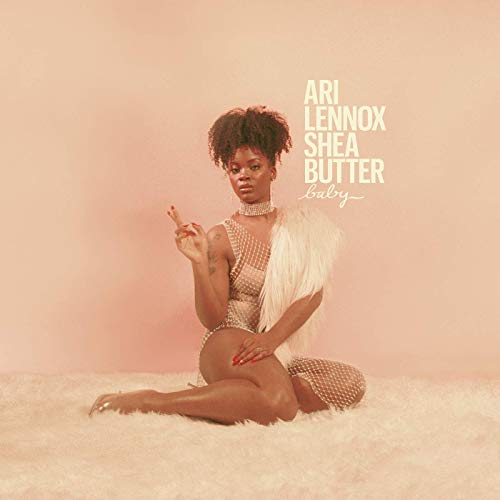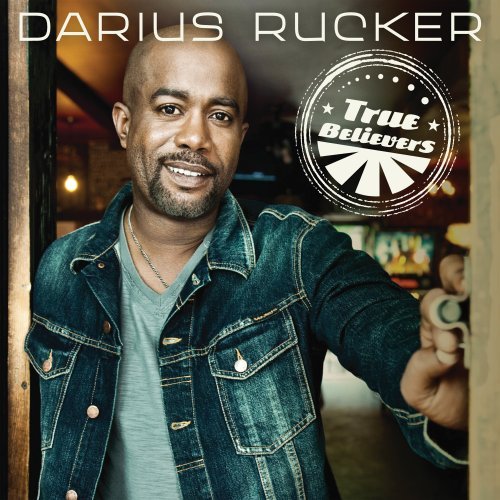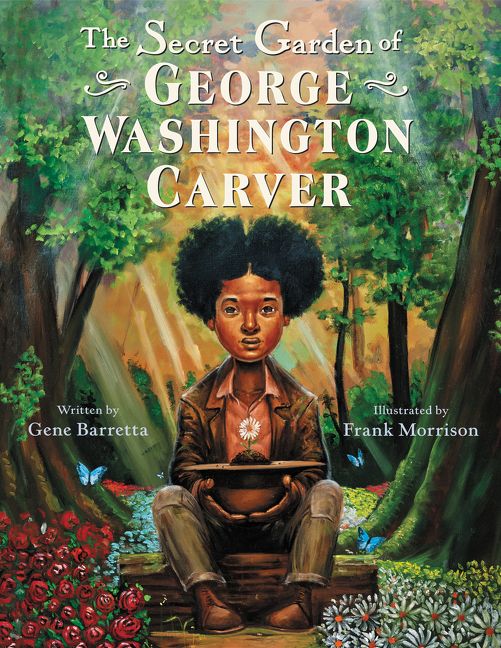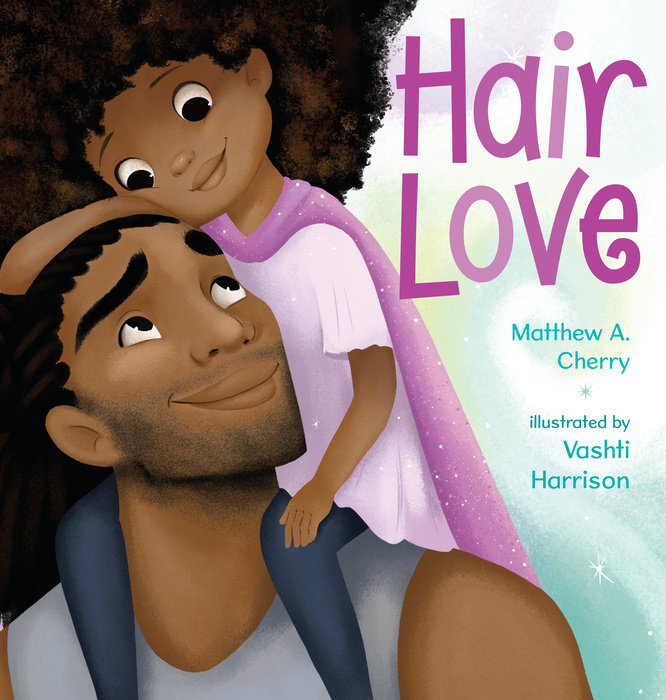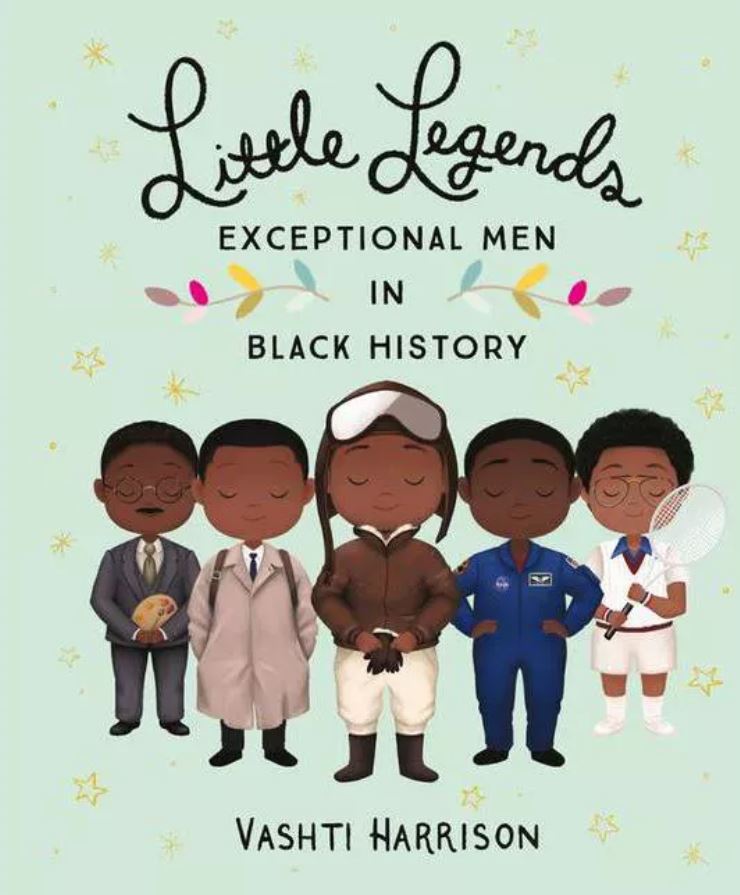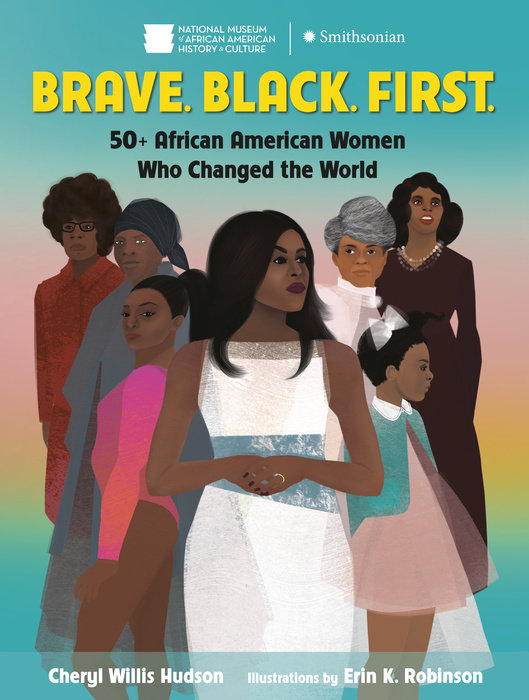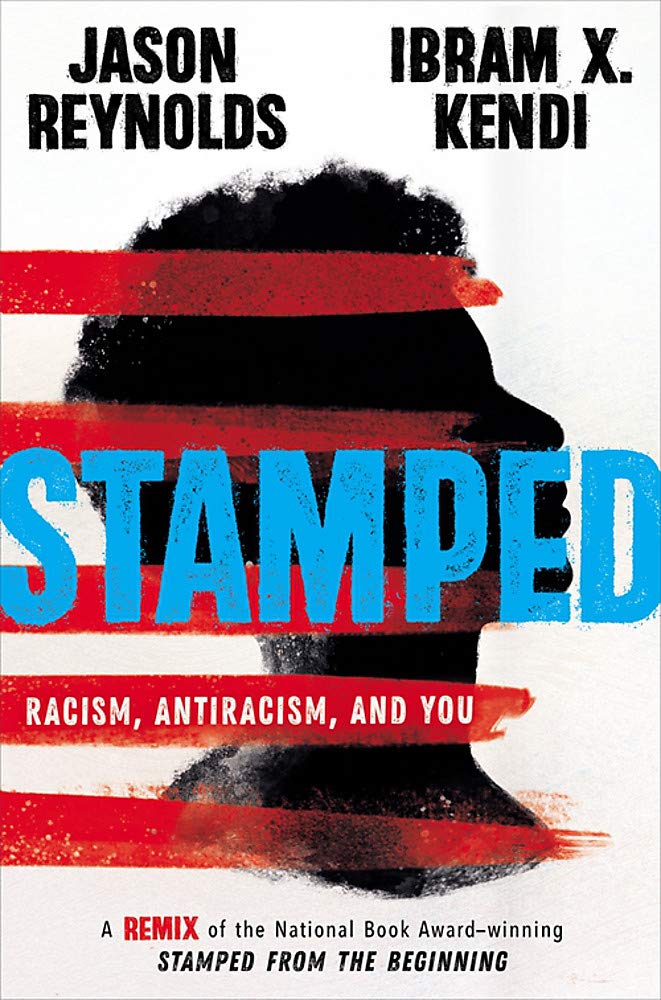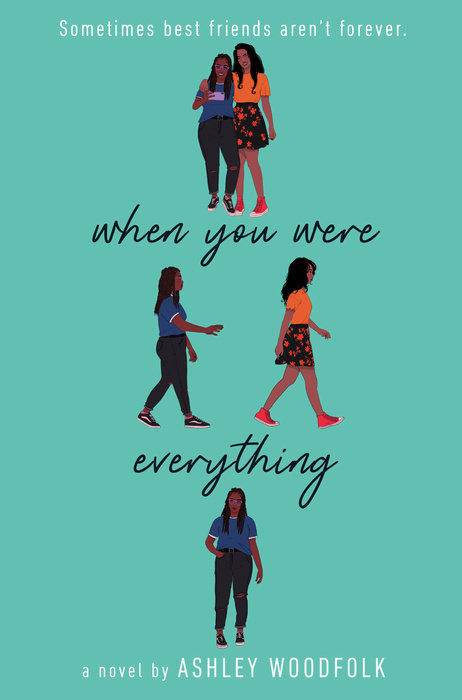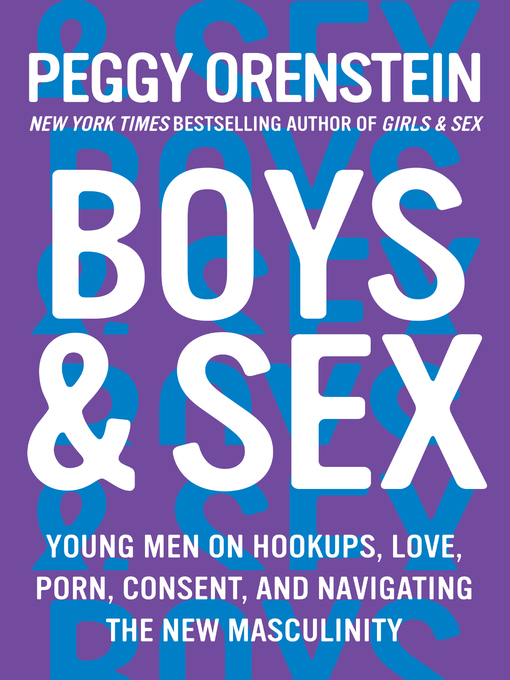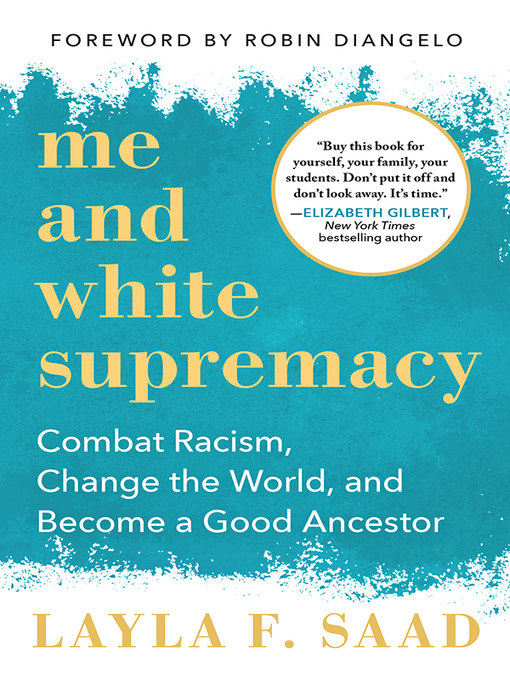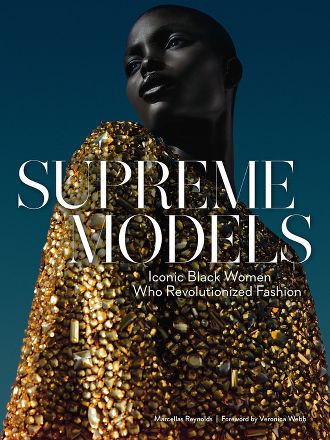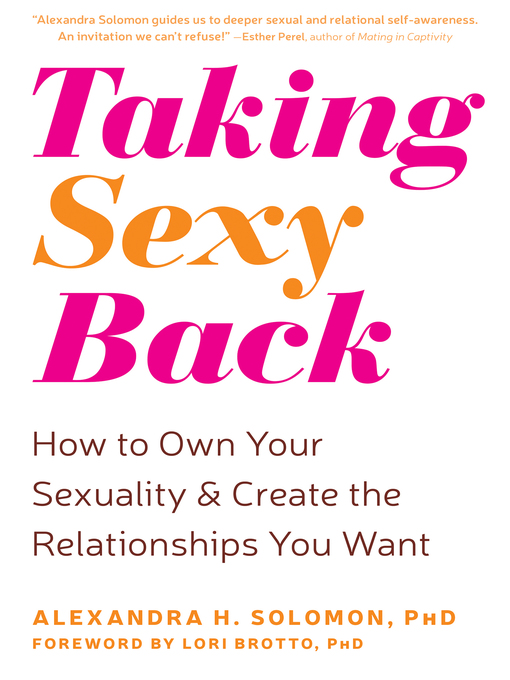Did you know that you can stream music for free with Hoopla? Take a moment to celebrate Black History Month by listening to these award-winning and notable albums. Whether it’s pop, rock, rap, soul, or country, these musical stars shine bright.
Month: February 2020
Six Questions for James Arthur
Poet James Arthur reads at the Pratt Wednesday, February 26, with George David Clark.
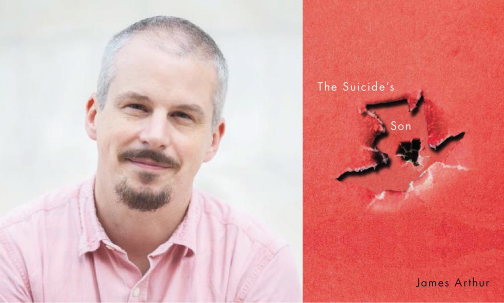
Who or what inspired your latest book?
Fatherhood is the inspiration for many of the poems in my most recent book, The Suicide’s Son. For me, The Suicide’s Son is about what we inherit and then pass on to our children, or try not to pass on. It’s also about the stories that we tell ourselves about who we are, and where we come from.
What’s the best advice about writing you’ve ever received?
To read poems out loud, so you not only see them on the page, but hear them. The teachers who fostered my love of poetry understood poems not as puzzles or as coded messages, but as songs, with each poem being an expression of thought and feeling wrapped around a rhythmical core. When people find poetry inaccessible, it’s often because they’re reading it in silence, not hearing it.
What’s one of your favorite lines of poetry or sentences from a poem?
This is one of my favorite sentences, from Adam’s Curse, by W.B. Yeats:
We sat grown quiet at the name of love;
We saw the last embers of daylight die,
And in the trembling blue-green of the sky
A moon, worn as if it had been a shell
Washed by time’s waters as they rose and fell
About the stars and broke in days and years.
Yeats’ wonderful command of meter and syntax make the sentence a pleasure to read out loud; I love the effect of that alliteration between “daylight” and “die,” and how the comma after “moon” creates a subtle rhythmical pause, giving dramatic emphasis to the image of the moon — and setting up an aural contrast to the remainder of the sentence. And I especially love that final, elaborate conceit, which compares the moon to a shell, and time to a tide that rises and falls, covering up the moon and stars then revealing them, day by day, night by night.
Which of your poems do you most enjoy reading to an audience, and why?
Which poems I enjoy most changes all the time. What’s important to me is that the reading be authentic and expressive; if I start to feel that I’m presenting the same material over and over, just going through the motions, then I change things up. Lately one of my favorites has been “In Al Purdy’s House”, a poem I wrote while my family and I were living in Ameliasburgh, Ontario, in a house that once belonged to the Canadian poet Al Purdy.
Is there a poem by another poet that you wish you had written yourself?
There are so many poets whose work I admire—Bishop, Cummings, Millay, Auden, Stevens, and MacNeice are a few—but I rarely if ever wish that someone else’s poem were my own. Reading a great poem, I feel that I’ve entered into deep communication with someone, so that I’ve understood that person, and been understood. But I have no desire to be anyone other than myself, or to write someone else’s words. The pleasure of writing is that you’re speaking for yourself!
What books have you loved lately?
Right now I’m reading Cane, by the Harlem Renaissance writer Jean Toomer. It’s a beautiful book that moves between the South and North, mixing poetry and prose, as well as different modes of narration, so that you’re sometimes not sure whether an individual scene is real or imagined, or whether a particular line of dialogue represents thought, speech, or something in between—but all the parts work together to build a narrative that’s extremely powerful and complex.
Four Questions for George David Clark
Poet George David Clark reads at the Pratt Wednesday, February 26, with James Arthur.
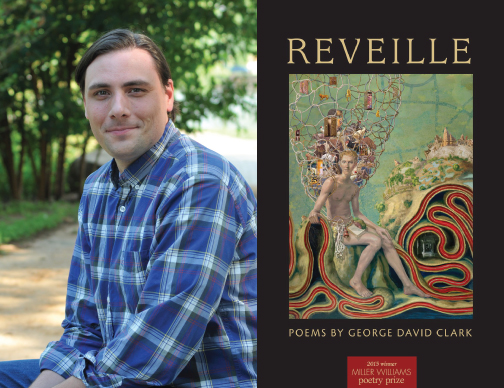
What books have you loved lately?
I first read A.E. Stallings’ Like a little more than a year ago, but I picked it up again last week as I prepare to teach the collection later this semester. It is a brilliant book: even more formally inventive and ambitious than the poet’s earlier work, and Like also showcases the incredible insight and nuance of Stallings’ metaphors. James Arthur’s The Suicide’s Son is another collection I find I’m always recommending. There isn’t another poet writing today who has such a subtle command of free verse rhythms, or who can use that rhythm to so skillfully skewer his readers. It’s really going to be an incredible treat to read with James at the Pratt.
What’s one of your favorite lines of poetry or sentences from a poem?
A few lines I suppose, but what pops into my head at this question today is the beginning of Wallace Stevens’ The Well-Dressed Man with a Beard:
“After the final no there comes a yes / And on that yes the future world depends. / No was the night. Yes is this present sun.”
How did you pick the title of your new book?
Just a couple weeks after my wife and I were married she underwent an emergency surgery to remove a large, ovarian cyst. Then, in the aftermath of that procedure she went on a synthetic morphine, dilaudid, one side effect of which is extreme sleepiness. For the next several weeks Elisabeth was spending 20+ hours each day in bed. I’d leave her sleeping when I went to work and find her still unconscious when I came home in the evening. It was a strange way to begin a marriage and I started writing a series of reveilles—“Reveille” being a French word for waking and, in English, the term for the bugle call that rouses soldiers in the morning. At first my reveilles simply imagined my wife’s waking and her return to health, but soon the theme of waking seemed productive to my imagination well beyond its autobiographical trigger. The book is not about me or my wife directly, but Reveille ultimately seemed about right as an overarching title for the dreams and fantasies, lullabies, and awakenings that tie the collection together.
Which of your poems do you most enjoy reading to an audience, and why?
It’s always nice to share something that will get a few laughs, but lately I’ve been writing poems that are particularly dense in their sounds, many of them deliberately-rhythmed and heavily-rhymed. Poems with debts to Hopkins, and to contemporary poets like Heather McHugh and Christian Wiman and Kay Ryan. These are a great deal of fun to read aloud. They seem to sing themselves at times and help me get as much feeling as I can into my spoken voice.
Black History Spotlight for Kids and Teens
This February, we want to shine light on the new books highlighting Black heritage and history. Take a look at what’s new in Children and Young Adult literature.
For Children:
The Secret Garden of George Washington Carver
By Gene Barretta
Gene Barretta’s moving words and Frank Morrison’s beautiful paintings tell the inspiring life and history of George Washington Carver, from a baby born into slavery to celebrated botanist, scientist, and inventor. His passion and determination are the seeds to this lasting story about triumph over hardship: a tale that begins in a secret garden.
Zuri’s hair has a mind of its own. It kinks, coils, and curls every which way. Zuri knows it’s beautiful. When Daddy steps in to style it for an extra special occasion, he has a lot to learn. But he LOVES his Zuri, and he’ll do anything to make her — and her hair — happy.
Little Legends: Exceptional Men in Black History
By Vashti Harrison
This beautifully illustrated board book highlights true stories of black men in history. The exceptional men featured include artist Aaron Douglas, civil rights leader John Lewis, dancer Alvin Ailey, lawman Bass Reeves, tennis champion Arthur Ashe, and writer James Baldwin.
Brave. Black. First.
By Cheryl Willis Hudson
Published in partnership with curators from the Smithsonian National Museum of African American History and Culture, this illustrated biography compilation captures the iconic moments of fifty African American women whose heroism and bravery rewrote the American story for the better.
For Young Adults:
Stamped: Racism, Anti-Racism and You
By Jason Reynolds & Ibram X. Kendi
This remarkable reimagining of Dr. Ibram X. Kendi’s National Book Award-winning Stamped from the Beginning reveals the history of racist ideas in America, and inspires hope for an antiracist future through a gripping, fast-paced, and energizing narrative by beloved award-winner Jason Reynolds.
When You Were Everything
By Ashley Woodfolk
It’s been twenty-seven days since Cleo and Layla’s friendship imploded. Now Cleo wants to erase every memory, good or bad, that tethers her to her ex-best friend. Despite budding friendships with other classmates–and a raging crush on a gorgeous boy named Dom–Cleo’s turbulent past with Layla comes back to haunt them both.
New in Nonfiction this February
Ranging from self-help and dating, to history and commentary on race, there’s so many great books available to read at the Pratt. Check them out!
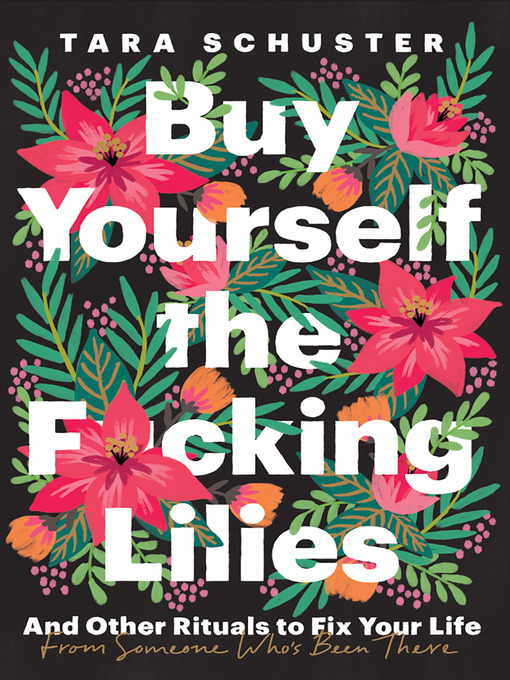
By Tara Schuster
Read the book
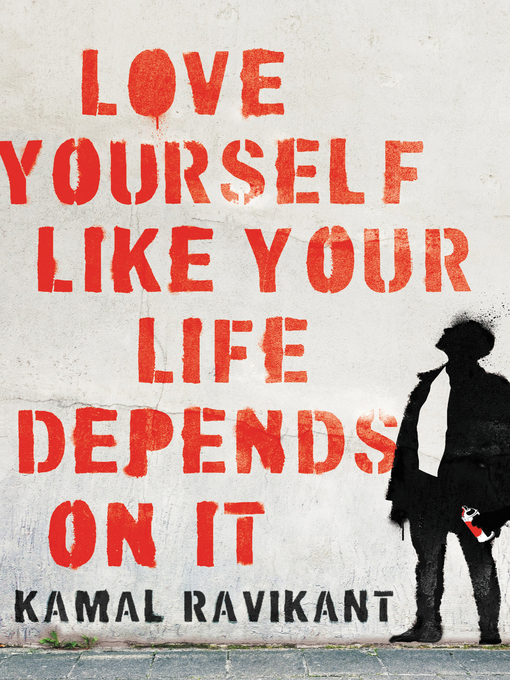
By Kamal Ravikant
Read the book
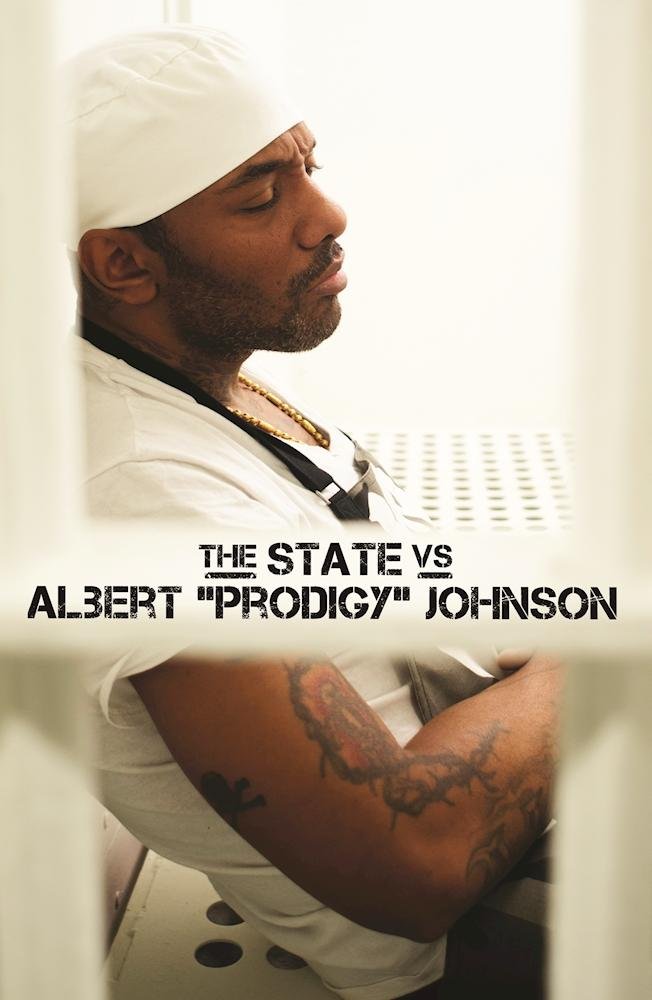
By Prodigy Jonson
Read the book
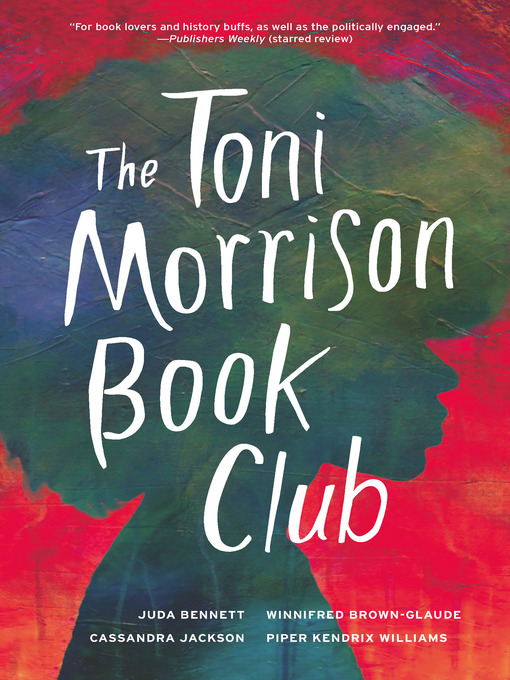
By Juda Bennet
Read the book
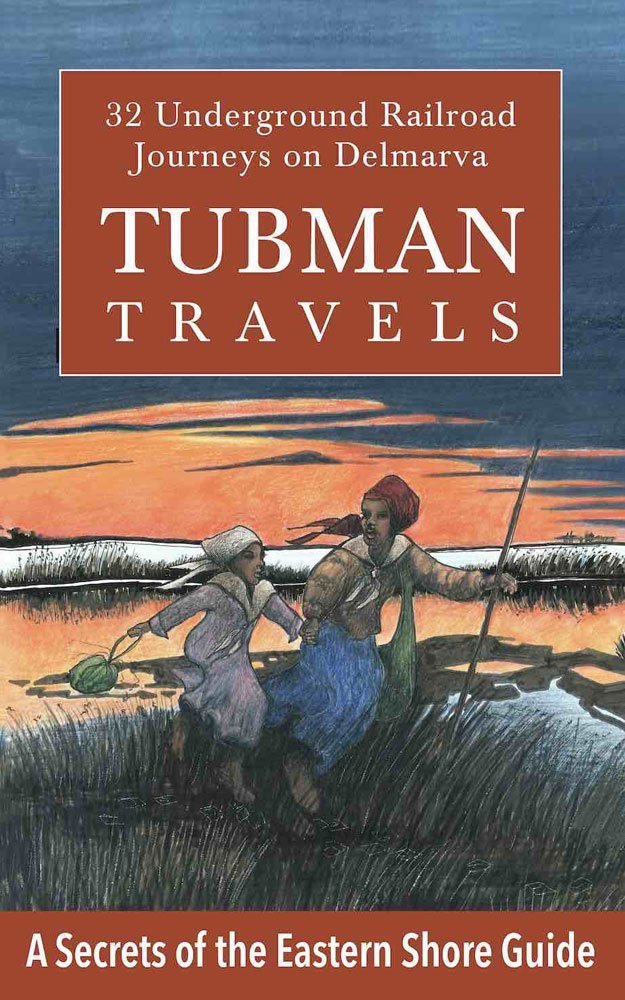
By Jim Duffy
Read the Book
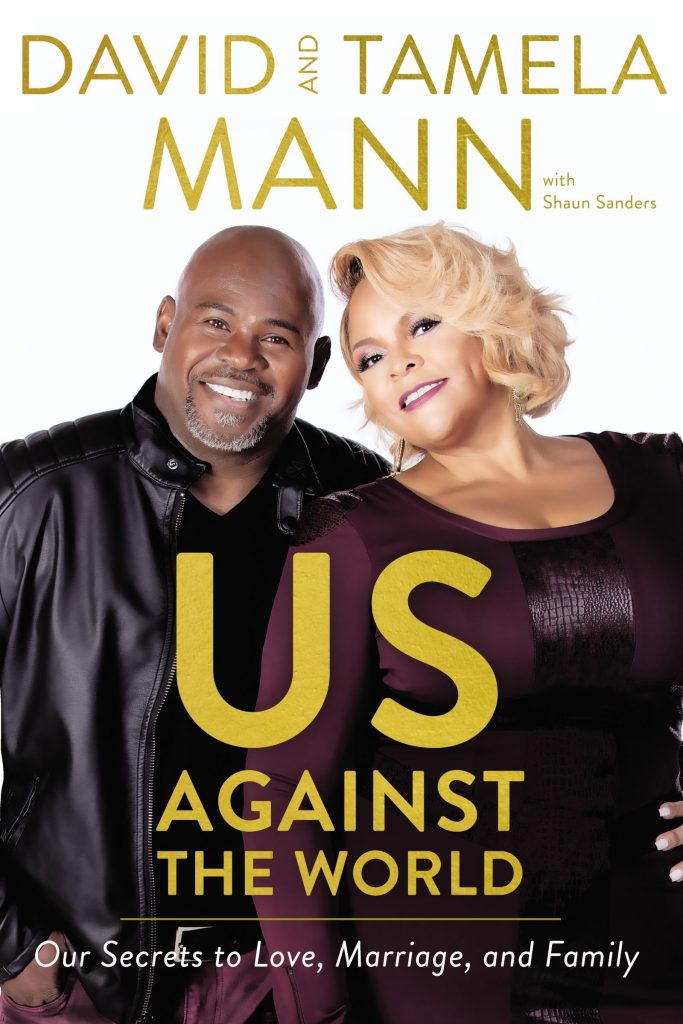
By David and Tamela Mann
Read the book
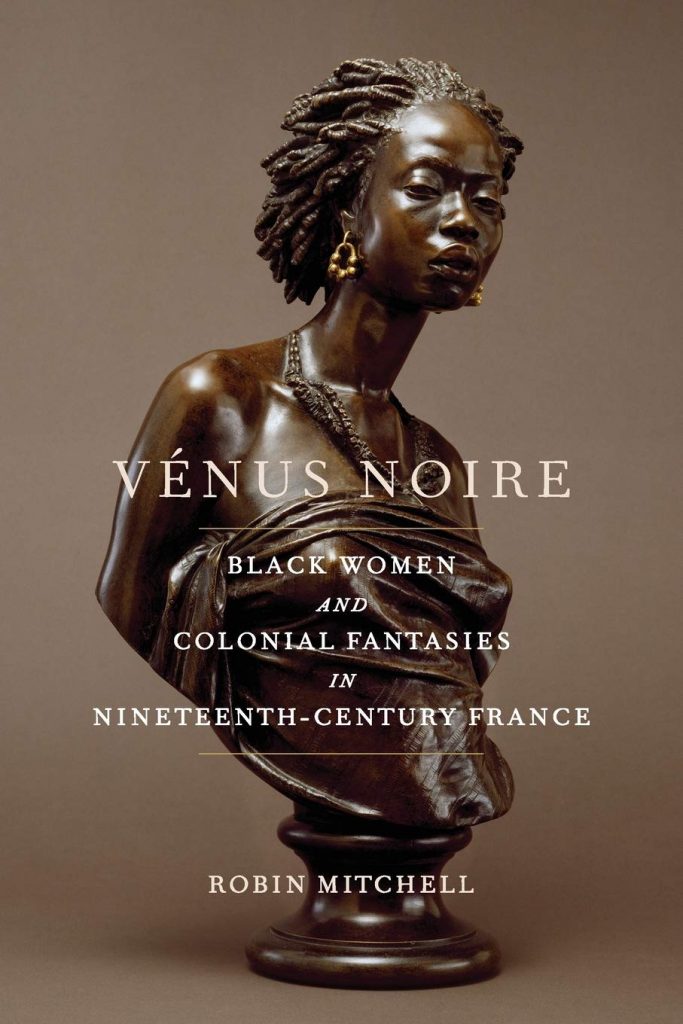
By Robin Mitchell
Read the book
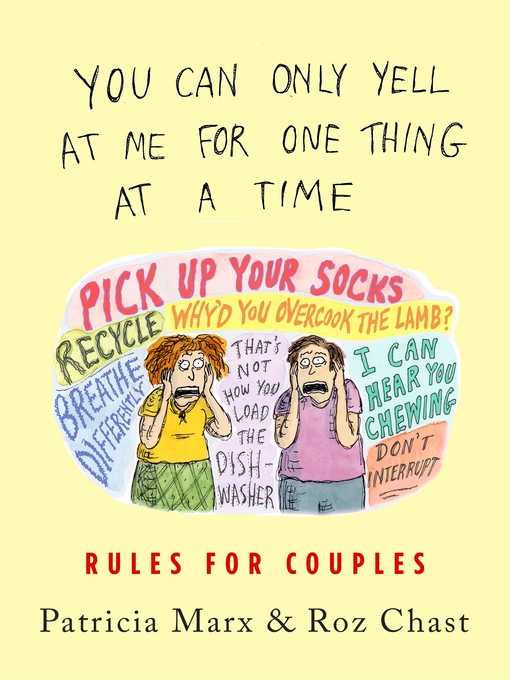
By Patricia Marx
Read the book
